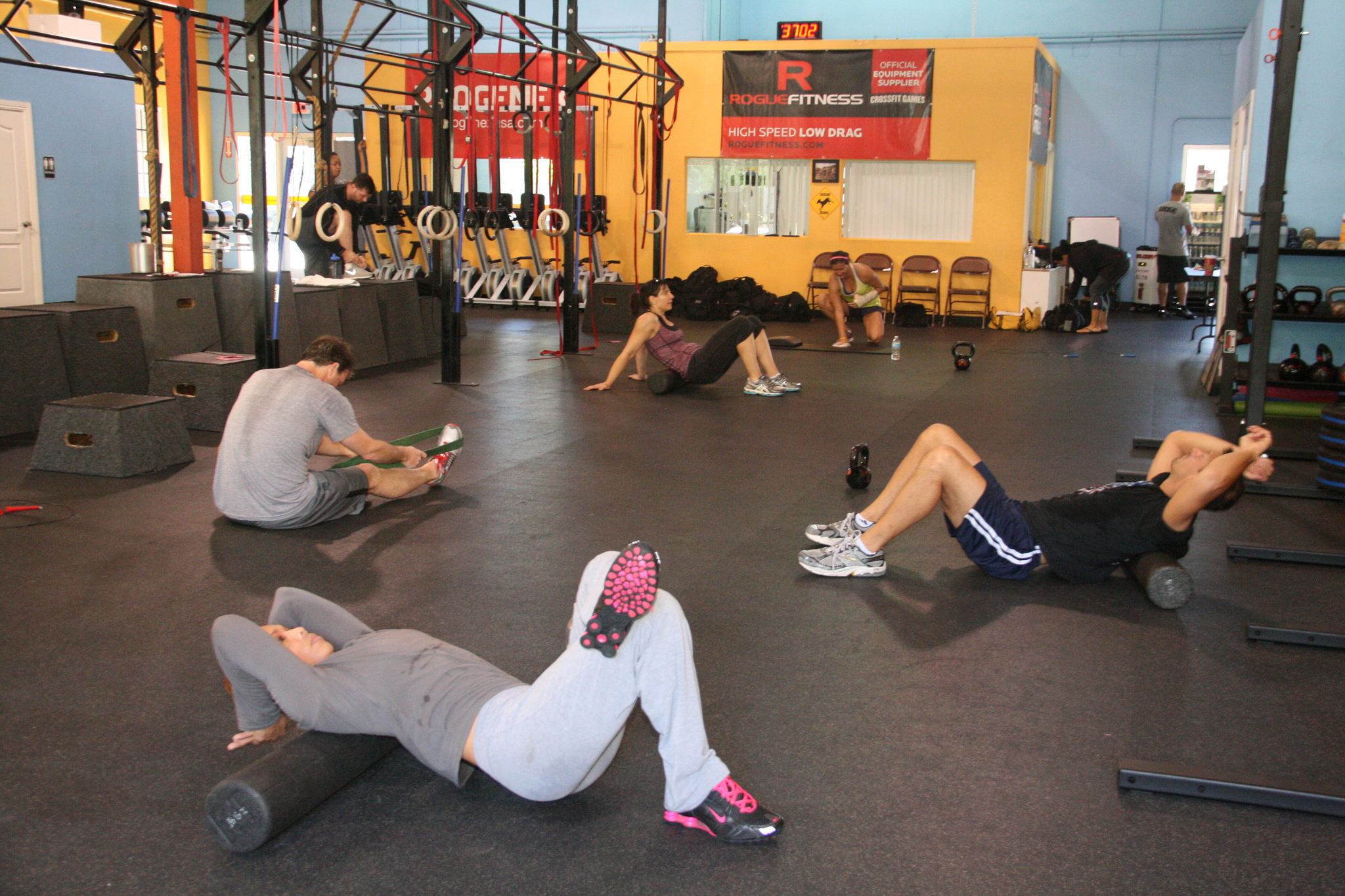
Whether you’re new to foam rolling or incorporating it into your everyday workout, you’ll want to make sure that you’re using it to your highest advantage. If you’re new to foam rolling, the process (officially called self-myofascial release), is basically using a foam roller to apply pressure to the muscles, which in turn helps to release tightness in the muscles and trigger points.
Most of us don’t have access to a sports massage a few times a week, so using a foam roller is the best alternative to help keep the muscles limber. The thing about foam rolling is that it can hurt a bit, but that pain is the key to showing you exactly where you need to be foam rolling. When you touch on certain knots or areas where it creates a radiating pain, it means that the pressure in that area should be released. The gentle rolling over the area can increased blood flow which leads to increased elasticity and function.
Keep in mind the pain should be similar to the type of pain you feel during any type of stretching, it should not be hurting you in the way that an injury would. That’s not to say that foam rolling can’t hurt a lot because it can depending on how tight your muscles are, but you should be able to tell the difference between a productive burn and something that doesn’t feel safe.
So when is the best time to do your foam rolling?
Some people have been told that foam rolling before a workout is the best time to do it, since it can warm up the muscles and get your blood flowing. This is true, but that might not actually be beneficial to your workout at all. Similarly to how stretching before workouts has been shown to actually a hinder a workout, foam rolling might do the same thing. When you warm up the muscles with a foam roller it actually relaxes the body, which sends it into recovery mode. Recovery mode is not the place that you need to be to hit your max effort in a workout.
You can still warm up your body before a workout, but choose an activity that is active and dynamic to get your blood flowing without completely relaxing yourself. Think lunges and some jogging over quietly stretching.
The best time to do foam rolling is actually after your workout, which will send your body into recovery mode at the most appropriate time. If you don’t have time right after your workout, get into the habit of doing your foam rolling before you go to bed at night. For one thing you’ll generally be able to find the time to do it since it can be done while you watch TV or something. For another thing, it will ignite your parasympathetic nervous system, not only leading your muscles to repair while you sleep but possibly even helping you fall asleep faster.
